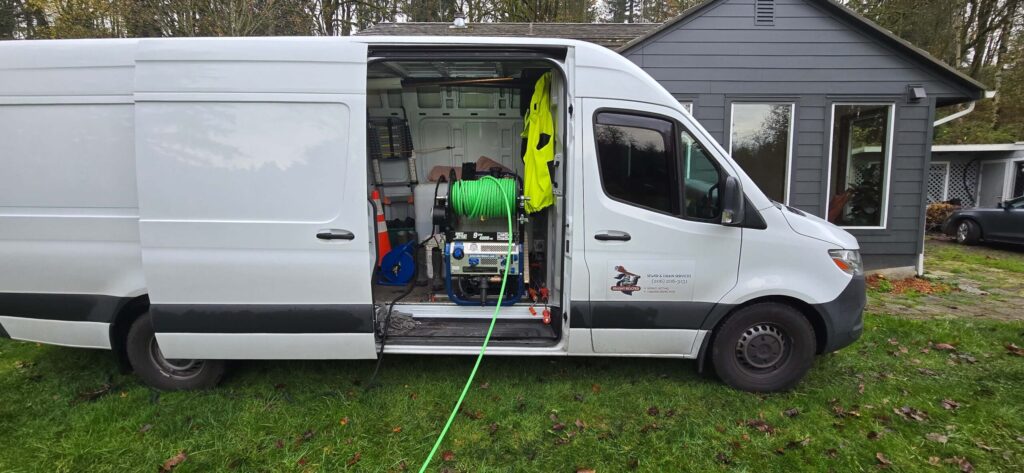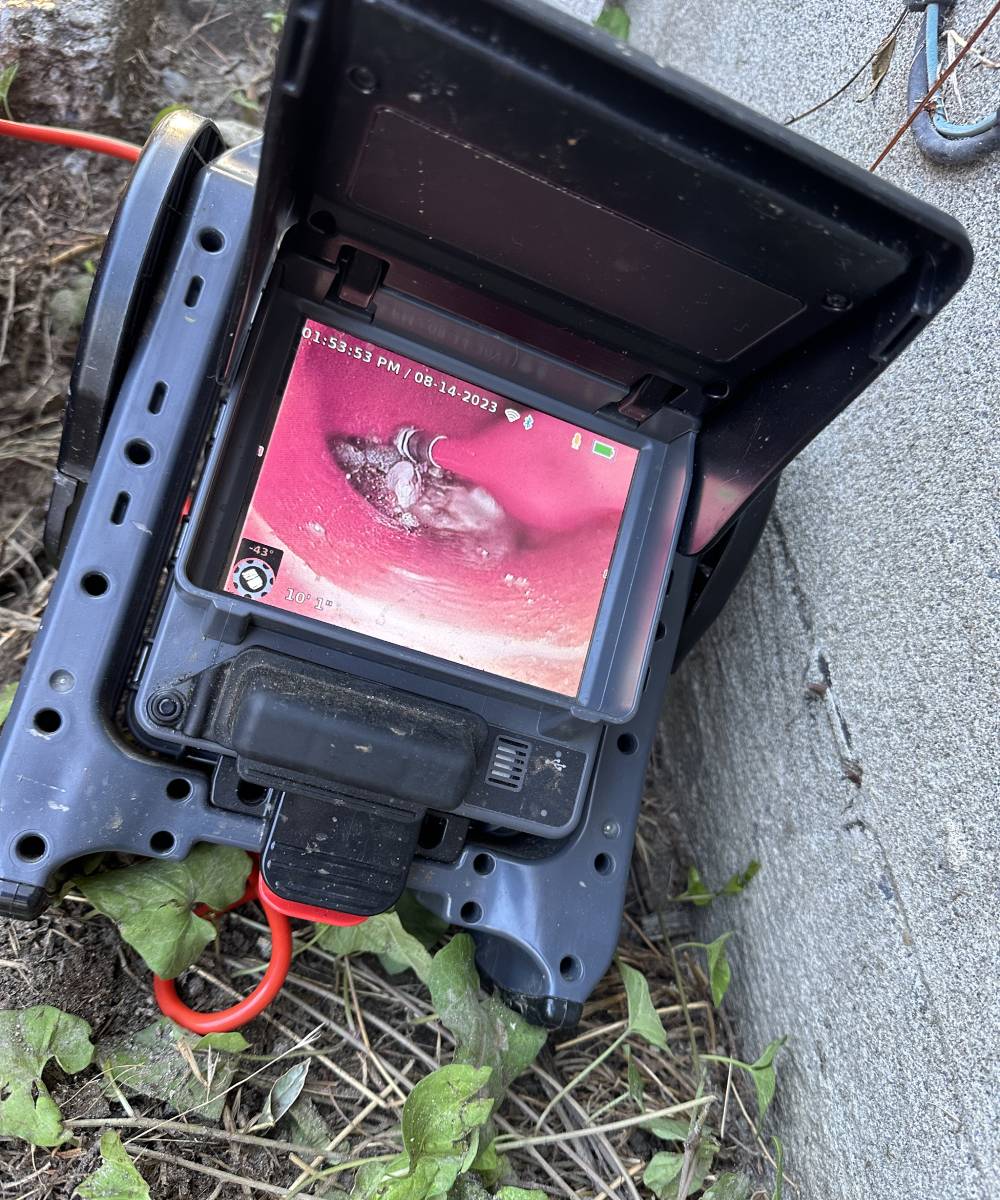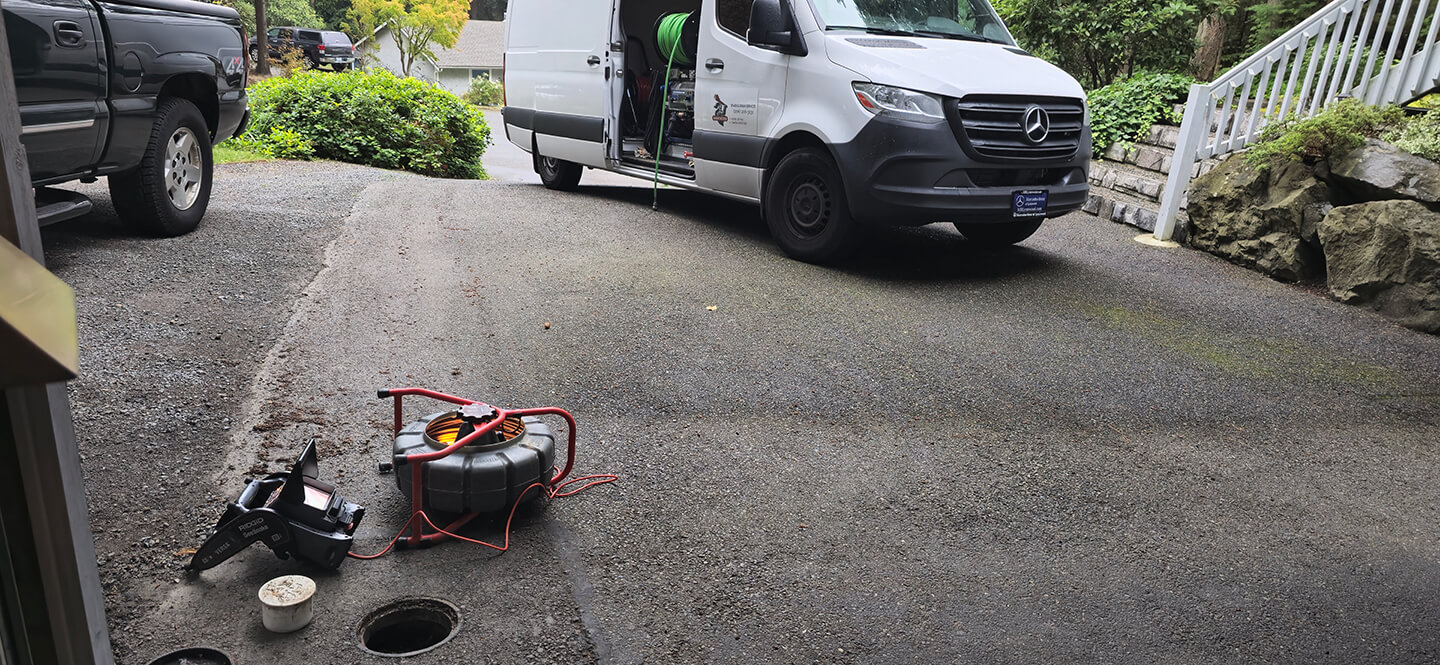Post-construction sewer cleaning removes debris like dirt, concrete, and construction waste from new sewer lines, preventing clogs and ensuring efficient plumbing. In Seattle’s rainy climate, this step is vital to avoid backups, comply with regulations, and protect new builds. Discover expert methods and benefits to keep your system flawless from the start.
Introduction to Post-Construction Sewer Cleaning
After a new build, sewer lines often harbor debris from construction, like soil, cement dust, or small tools, which can obstruct flow and cause early system failures. Post-construction sewer cleaning flushes and inspects these lines to ensure they function smoothly from day one. In Seattle, where heavy rainfall stresses drainage systems, this process is essential for compliance, safety, and long-term performance.
The Role of Expert Plumbing
Professional plumbers use advanced tools to clean and verify new sewer systems, ensuring no residue compromises pipe integrity or voids warranties. This step confirms proper installation and sets the stage for reliable plumbing.
Why It’s Critical for New Builds
New sewer systems are prone to blockages from construction debris, which can reduce pipe capacity and lead to backups, health hazards, or structural damage. In Seattle, strict regulations require clean sewer lines to prevent overflows into stormwater systems, protecting the environment and avoiding fines.
Ensuring System Longevity
Clean sewers reduce corrosion, extend pipe lifespan, and integrate seamlessly with municipal systems. This proactive step saves costly repairs and maintains property value.
Common Debris and Challenges
Construction sites introduce various materials into sewer lines, including sand, gravel, concrete scraps, and chemical residues. These can cause immediate clogs or gradual narrowing, leading to slow drains or odors. Misaligned joints or improper pipe sloping, common in rushed installations, trap debris and worsen issues.
| Debris Type | Potential Issue | Cleaning Priority |
|---|---|---|
| Soil and Sand | Reduces pipe diameter, backups | High – Easy to flush |
| Concrete Scraps | Hardens, blocks flow | Critical – Mechanical removal |
| Wood/Metal Bits | Damages pipes over time | Medium – Needs inspection |
| Chemical Residues | Corrodes pipes, health risks | High – Neutralize during cleaning |
Seattle’s clay-heavy soils and frequent rains increase sediment buildup, making thorough cleaning a priority.

Effective Cleaning Methods
Cleaning begins with a video inspection to locate debris without digging. High-pressure hydro-jetting then clears lines with powerful water streams, while vacuum trucks ensure eco-friendly waste disposal. For stubborn blockages, mechanical snaking may be used, though jetting is preferred for new systems to avoid damage.
Step-by-Step Cleaning Process
- Inspection: Camera scoping identifies debris locations.
- Cleaning: Hydro-jetting or flushing removes buildup.
- Verification: Post-clean inspection confirms clear lines.
- Documentation: Records ensure compliance and warranty support.
Safety is key—professionals use PPE, ventilate areas, and follow local codes.
Benefits for Seattle Properties
Seattle’s combined sewer systems face unique challenges from heavy rainfall, making clean lines critical to prevent flooding and pollution. Post-construction cleaning enhances property value, reduces insurance risks, and ensures compliance with local permits. Homeowners benefit from fewer emergencies, lower maintenance costs, and a healthier living environment.
| Method | Effectiveness | Cost Efficiency | Suitability for Seattle |
|---|---|---|---|
| Hydro-Jetting | High – Clears all debris | Medium – Thorough clean | Excellent – Handles sediment |
| Snaking | Medium – Soft clogs only | Low | Fair – Misses fine particles |
| Flushing | Low – Basic rinse | Low | Good – Quick initial flush |
Hydro-jetting excels for Seattle’s conditions due to its comprehensive cleaning power.
DIY vs. Professional Cleaning
DIY cleaning with basic tools risks damaging new pipes, especially in complex systems. Professionals use specialized equipment, ensure regulatory compliance, and reduce liability. In Seattle, certified contractors are often required for permit approval.
Maintenance Tips for Longevity
- Schedule biannual inspections to catch issues early.
- Avoid flushing non-biodegradable items to prevent clogs.
- In Seattle, monitor for root intrusion near trees and use drain strainers to control debris.
About KnightRooter
For top-tier post-construction sewer cleaning in Seattle new builds, KnightRooter delivers expert plumbing maintenance with cutting-edge hydro-jetting and inspections. Trust us to ensure your plumbing starts clean and stays reliable—contact KnightRooter for seamless service.
Explore More Resources
For more information on sewer line maintenance and repair, visit our service pages:
- Sewer drain cleaning Everett
- Sewer drain cleaning Edmonds
- Sewer drain cleaning Seattle
- Sewer drain cleaning Bothell
- Sewer drain cleaning Kirkland
- Sewer drain cleaning Lynnwood
- Sewer drain cleaning Woodinville
- Sewer drain cleaning Snohomish
- Sewer drain cleaning Bellevue
AFQ
What is post-construction sewer cleaning?
It’s the process of clearing debris from new sewer lines to ensure proper function and prevent clogs.
Why is it essential for Seattle new builds?
Heavy rains and strict regulations demand clean sewers to avoid overflows and comply with codes.
How often should new sewers be cleaned?
Clean immediately after construction, then every 1-2 years for maintenance.
Can I clean sewers myself after construction?
Not advised—professional tools and expertise prevent damage and ensure compliance.
What cleaning methods are used?
Hydro-jetting and camera inspections are standard for effective, thorough results.
For professional and fast drain cleaning Bothell, drain cleaning Seattle, and drain cleaning Bellevue, contact KnightRooter. Our team is ready to provide the best solutions for your drain issues.





No comment yet, add your voice below!